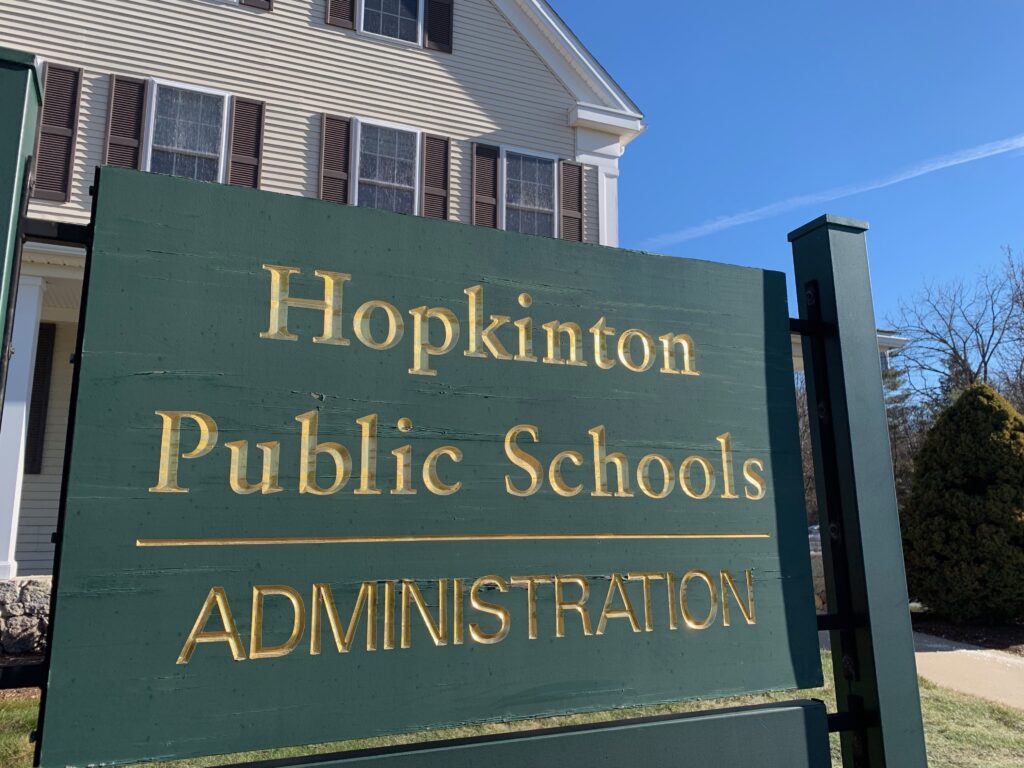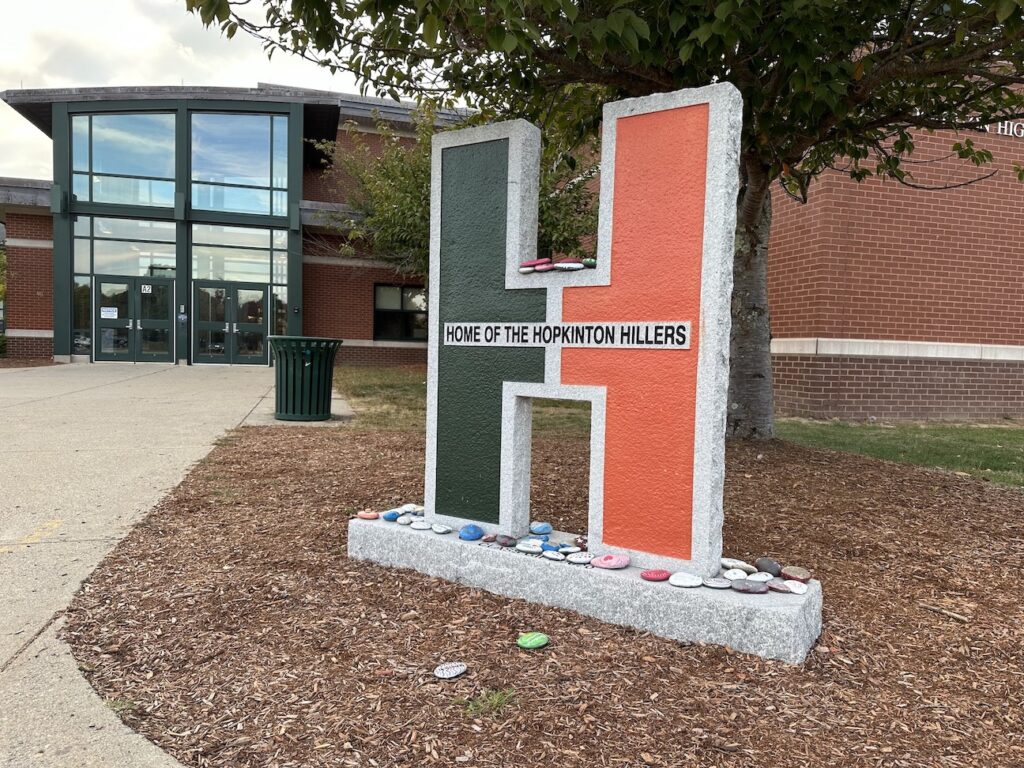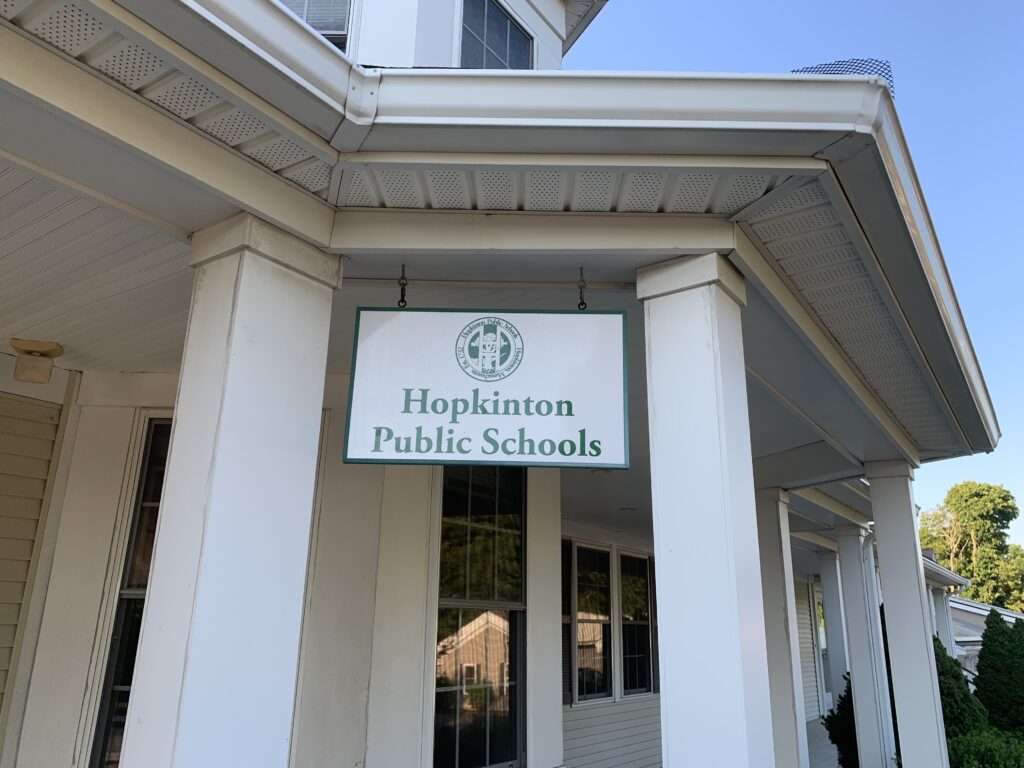The School Committee voted 5-0 at its meeting Thursday night to open the school year with the requirement that all students and staff wear masks.
The policy will be reviewed on a monthly basis as new information on COVID-19 comes available.
The committee made the decision after taking into consideration a number of information sources, including input from the Board of Health (BOH), reports from government agencies and testimony and letters from parents.
Superintendent of Schools Carol Cavanaugh recommended that the mask policy be instituted for the beginning of the school year as part of “a layered approach” of mitigation strategies to prevent the spread of COVID-19, such as hand hygiene, air quality and staying home if a child or staff member is ill.
“It’s a cautious approach,” she said. “But I think it’s a cautious approach that will allow us three weeks to gather some data.”
She added that the policy will be fluid because of the changing nature of the data on COVID-19. The ultimate goal is to have students back to in-person learning in a safe manner.
The superintendent presented data from the Massachusetts Department of Public Health showing a spike in coronavirus cases in August despite exceptionally high vaccination rates in all eligible age groups. This amounted to 38 cases as of August, with 10 cases occurring with children below the age of 12, except one who had just turned 12. Contact tracing revealed that the illness was contracted either through travel, group gatherings or medical visits.
One concern she mentioned was lunch. Distancing will not be feasible. However, seats will be assigned at the lower grade levels, with high school students receiving QR codes to scan their seats in case the need for contact tracing arises.
The superintendent also mentioned the state’s new “test and stay policy,” which will allow students exposed to the virus in school to receive rapid tests to see if they are positive. If they are negative and asymptomatic, they will be allowed to stay in school. This will be repeated over several school days.
A petition to require mask usage signed by 675 Hopkinton residents was presented to the committee. Parents against mask usage and for parental choice submitted 228 letters to that effect. In addition, parents on both sides contacted the committee members via email.
At the meeting, parents were divided in their opinions. Some argued for caution, particularly for the most vulnerable students at risk of infection. Others expressed skepticism about the need for masks in a town with one of the highest vaccination rates in the state.
Elizabeth Farry represented the signers of the petition for global masking in schools. She noted that requiring masking for all students would limit the potential for bullying and would be helpful until children under age 12 can receive the vaccine.
“Sadly, just because we are fatigued does not mean that this pandemic is over,” she said. “The delta variant makes that clear.”
Daniel Eastman, who said he has a degree in biomedical engineering, spoke against the mask requirement, noting that school-aged children “have an extremely low probability of contracting COVID-19” and would have a similarly low chance of becoming significantly ill.
He added that the some neighboring communities are not requiring mask usage in the schools. He called the virus “marginally more dangerous than the common flu.”
Holly Moran, a health research doctoral student, said that masks are essential to a layered approach. As a childhood cancer survivor and a two-time kidney transplant, she said she has been told to “just stay home” because of her vulnerability.
“These statements say to the many other vulnerable folks and me that our lives do not matter,” she said. “There is also substantial evidence that, if I get COVID, there is a 60 percent chance that I will die.”
Member Lya Batlle-Rafferty made the analogy honoring the needs of a student with a nut allergy to one who is immunocompromised.
“This feels like a very similar situation,” she said. “If we have an immunocompromised kid, they should be protected just as much as a child with an allergy should be protected.”
“It’s only a few weeks,” added Member Meg Tyler. “And then we will recalibrate. I just think it’s reasonable to be cautious at this point.”
Member Joe Markey said would like to be able to see metrics from school districts that have allowed students to be unmasked and compare that with data that Hopkinton can review after the first few weeks of mask wearing in schools. He was glad that students now are able to return to school and resume activities.
“For me, I really like starting the year masked,” noted Member Amanda Fargiano. She said that with Labor Day approaching, travel and group gatherings potentially could cause an increase in cases. She also thanked community members for presenting their opinions in a respectful manner.
“My hope is at the end of three weeks we will have a better idea of when the vaccine is coming for our younger kids,” added Chair Nancy Cavanaugh.
Middle school handbook approved
In other news, the middle school handbook was approved by a 5-0 vote. Alterations included changing the term “bus pass” to “student ID” so that the card could be used more broadly. The schedule change from trimesters to terms also was modified. Another condition is that students must remove hats and hoods in class but will be allowed to wear them in the hallways and common areas. The COVID-19 policy also will be included.
The high school handbook will be reviewed at a later meeting.



















0 Comments